Camping Do's and Don'ts

VIDEO: Backcountry Survival Skills for Camping
Sleeping under the stars is not always as simple as it sounds. Just think of all the planning that goes into selecting the right camping gear and campground in the first place. Before your next great, outdoor adventure, you might consider a refresher in campsite basics such as fire building and food preparation safety. Check out our camping list of essential dos and don’ts to help you prepare for your trip.
Do check out the gear reviews at campist. While heated chairs, cordless bug zappers and even portable showers may seem high-tech and cool, consider the type of trip you’re planning (multi-day backcountry backpacking trip, or family camping excursion in developed campgrounds). Check out campist to avoid any impulse purchase.
Don’t forget camping essentials. Must-bring items for your backpack include a first-aid kit, compass and maps, and emergency equipment. It may be tempting to leave behind these essential, but seemingly boring basics, especially when trying to pare down your backpack content. Still, after minor trouble on the trail, you may find yourself longing for the bug spray or roll of gauze you left behind. (Check out our camping tips and tricks for more suggestions on must-have camping gear.)
Do leave behind a copy of your itinerary. People can only help in the event of an emergency -- if they know your whereabouts. Leave behind a detailed copy of your travel plans, so friends or family can follow-up with you to ensure you get home on time.
Do confirm the campground’s pet policy. Before bringing along your 4-legged friend, don’t forget this step. While most national parks do not welcome pets, many state and private campgrounds require a small fee. DogFriendly.com offers a list of pet-friendly campgrounds and RV parks with amenities such as off-leash areas. If you do bring your dog along, pack a leash, tether, a collapsible water bowl and plenty of food.
Do arrive before nightfall. Setting up camp in the dark can be complicated even for seasoned campers. Getting a head start ensures you can explore your immediate surroundings and build a campfire for food and warmth while it’s still light out.
Do follow fire safety protocol. To keep you and your natural surroundings safe from fast-moving fire, fire safety protocol is a must. The national nonprofit Tread Lightly! offers guidelines for campfire safety, including tips for safely building a fire if the site doesn’t include a contained fire ring. Resist the urge to pile on the firewood to maintain a small and controllable fire; also let the fire burn to ash before turning in for the night.
Don’t limit your meal variety. Franks and beans for breakfast, lunch and dinner? C’mon, you can do better than that. With some planning and the right equipment, you can get creative with campfire cooking. Whip up eggs and pancakes in a cast iron skillet, and prepare fish (even better if it’s freshly caught!) steamed with potatoes and vegetables in a foil packet. You can also add variety to your campground meals with gourmet prepared foods from Packit Gourmet.
Don’t leave food unattended. Your campsite should be tidied up before you go hiking for the day or go to sleep. Follow posted signs or ask the camp ranger or campground attendant about proper food safety to avoid unwanted animal encounters. Some campgrounds provide bear lockers to store your food during your stay.
Do your part to minimize your eco-footprint. While communing with nature is nice, so is being ecologically mindful. The most important way you can help is to leave with everything you came with -- especially your trash. Also, bring along an extra trash bag to collect any litter left behind by less-considerate campers.
Remember, you’re not likely to encounter a helpful hotel concierge or 24-hour convenience store along the path to your campsite. Taking the time to organize and plan will make your time on the trail more pleasant. Now, all that’s left to do is grab your backpack and lace up your hiking shoes for a worry-free camping trip.

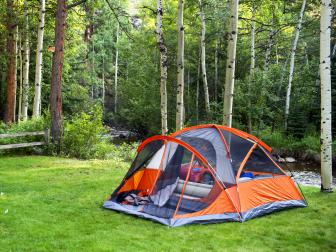


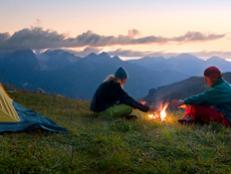
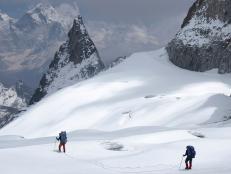


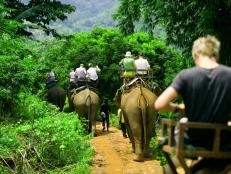
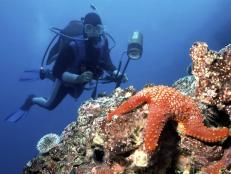
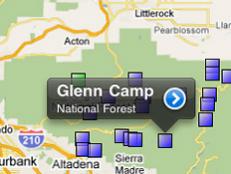
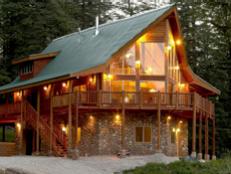


















.jpg.rend.hgtvcom.231.174.suffix/1674758726773.jpeg)











